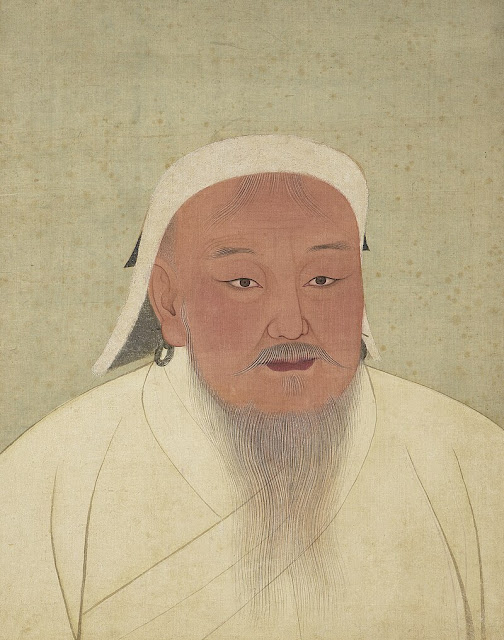Here's my most recently posted Trivial Biographies:
Hippocrates
Edmund Hillary
Hildegard of Bingen
Samuel Cunard
William Herschel
Herod the Great
Katharine Hepburn
Audrey Hepburn
Henry VIII of England
Henry VII of England
Henry VI of England
Walter Cronkite
Henry V of England



.jpg)



.jpg)

_01_Crisco_edit.jpg)








_(cropped).jpg)






.jpg)


.jpg)
_(cropped).jpg)



.jpg)

